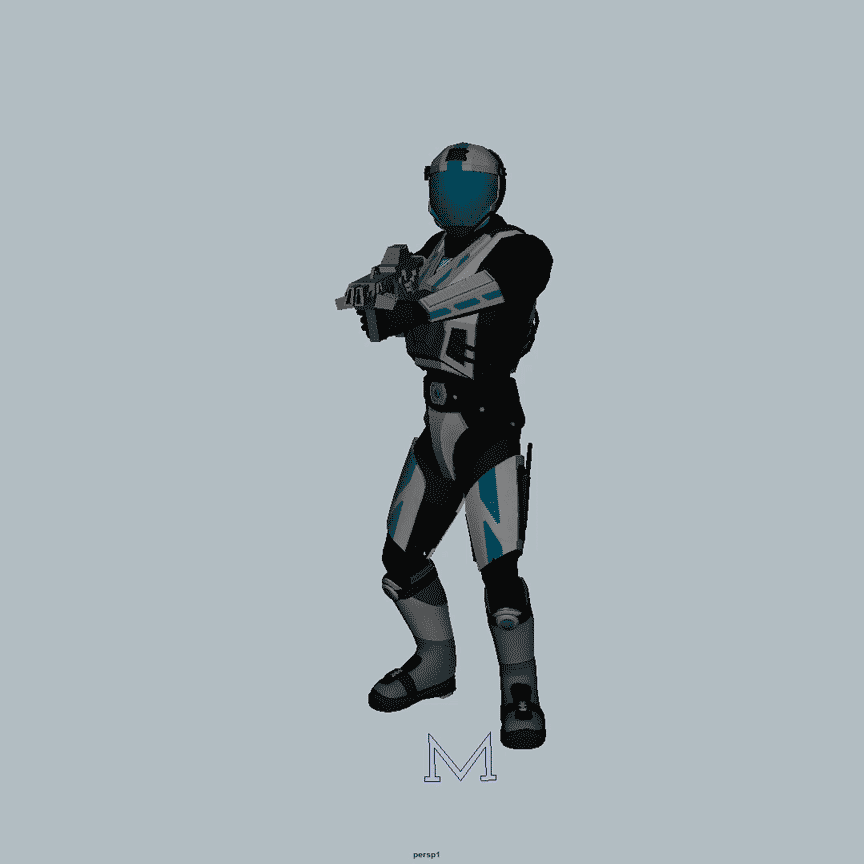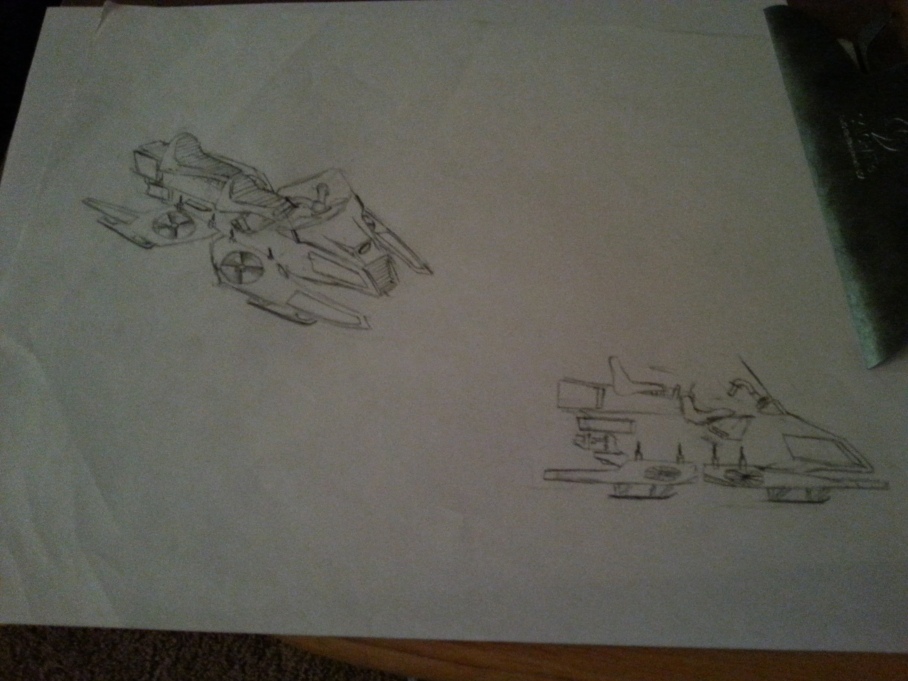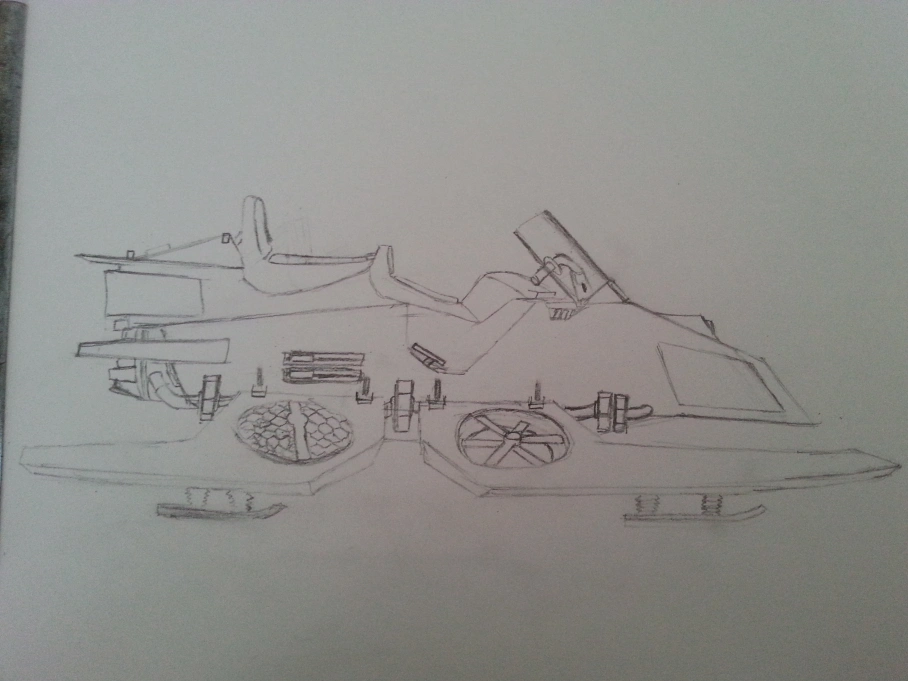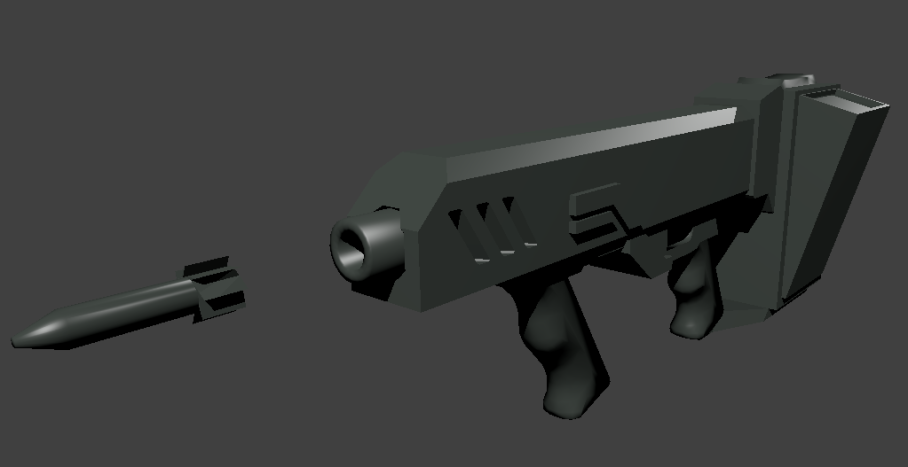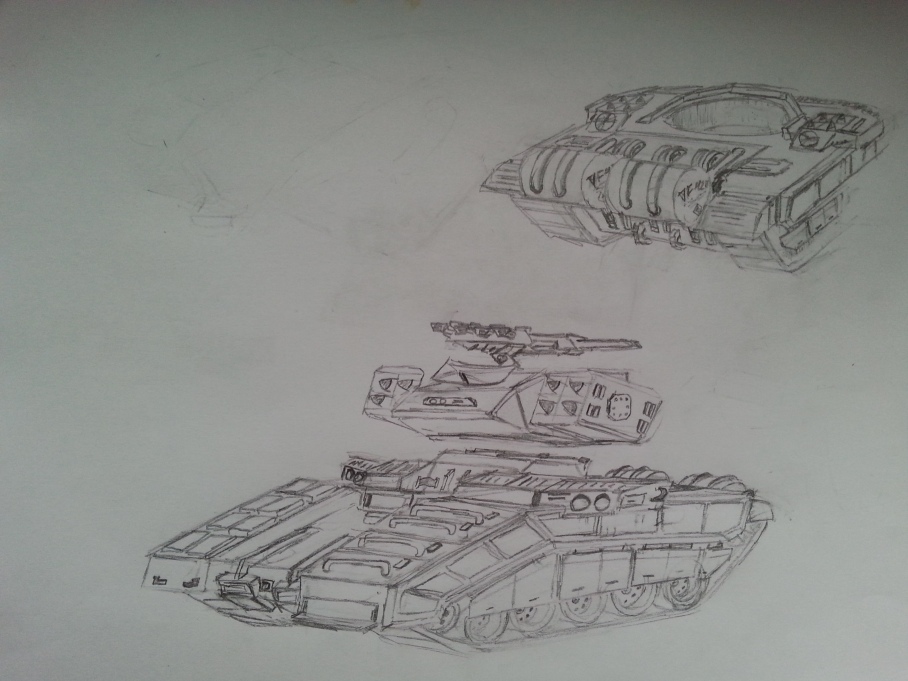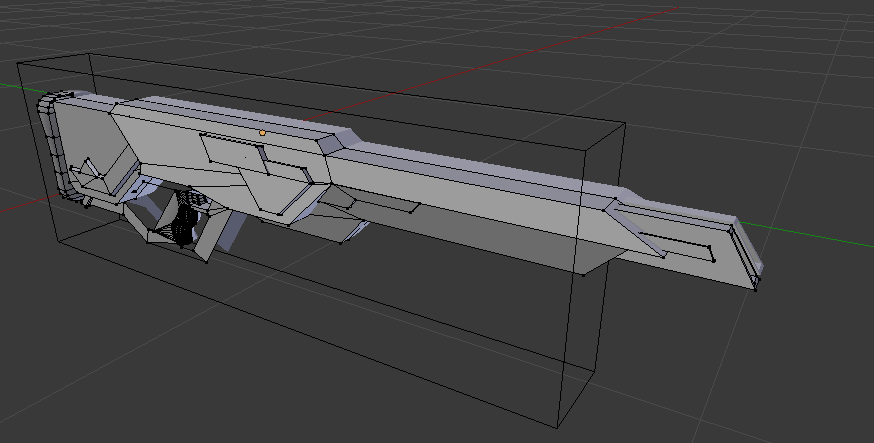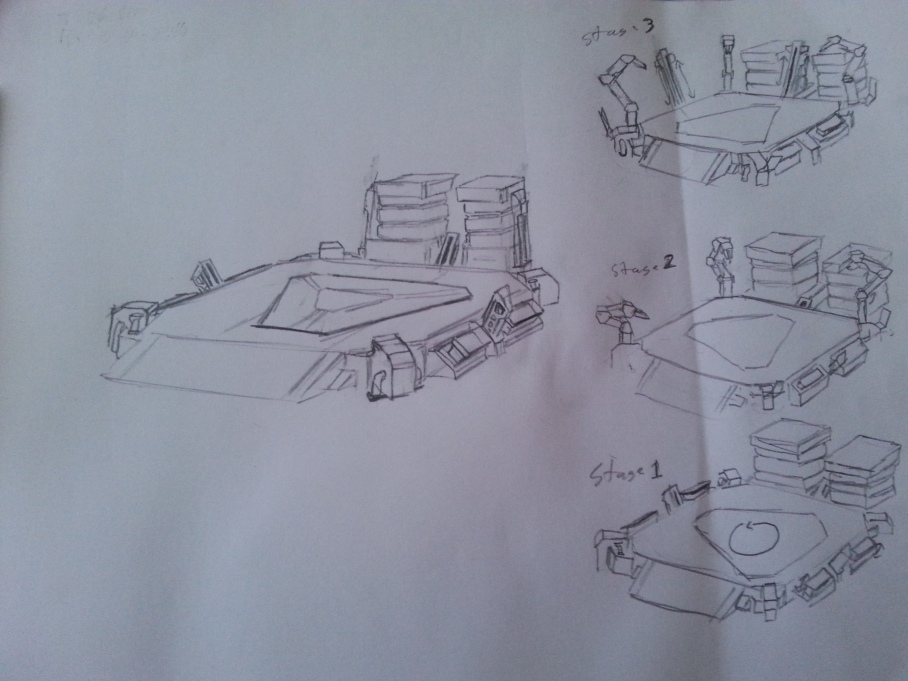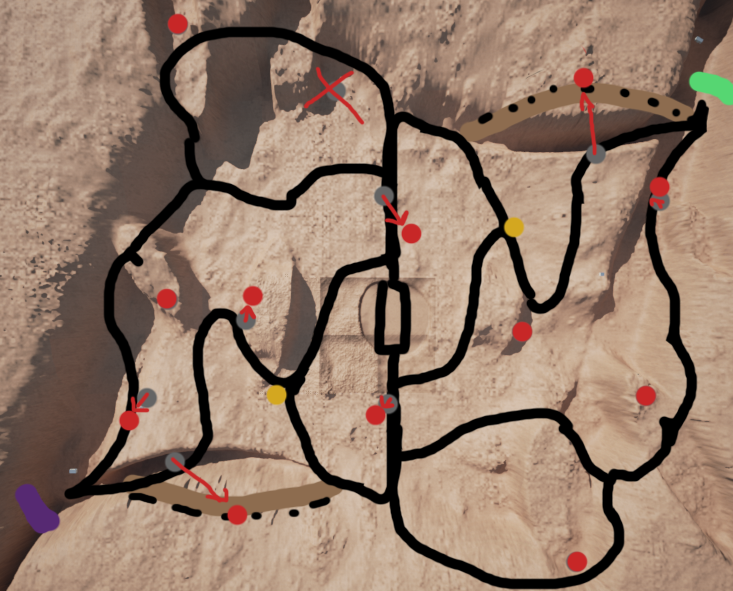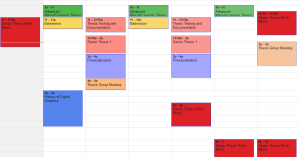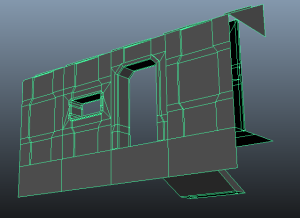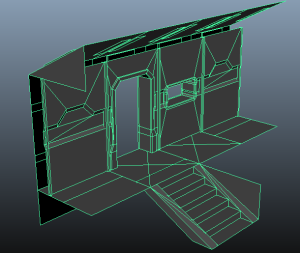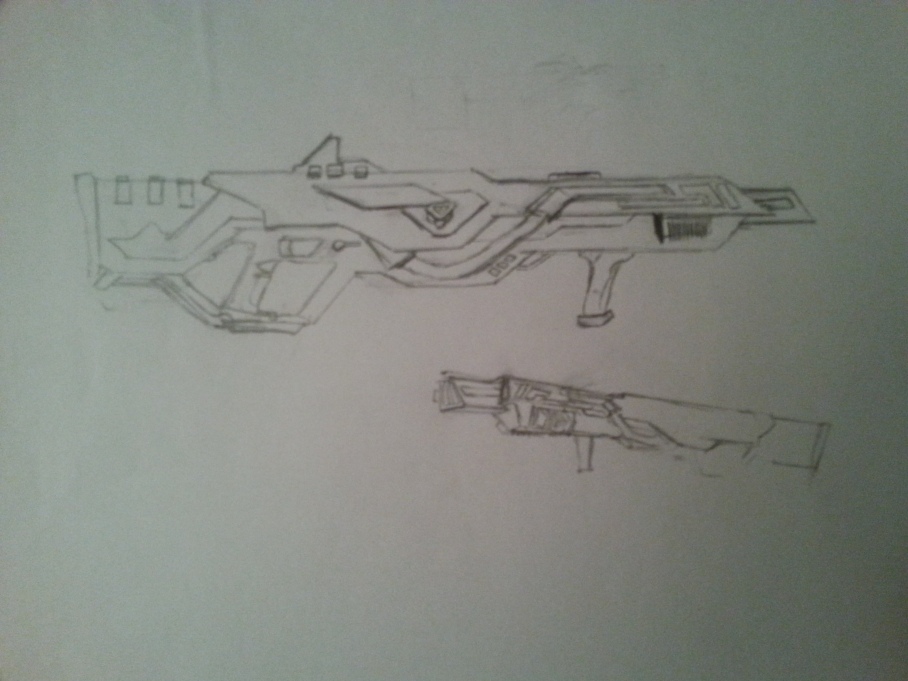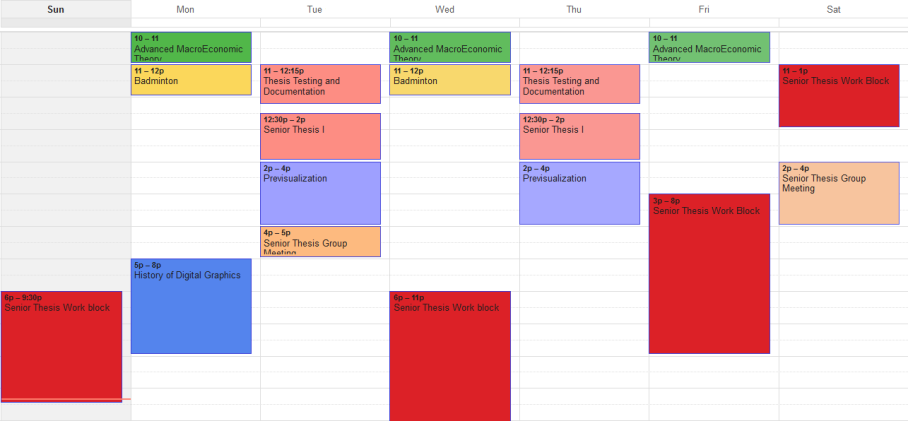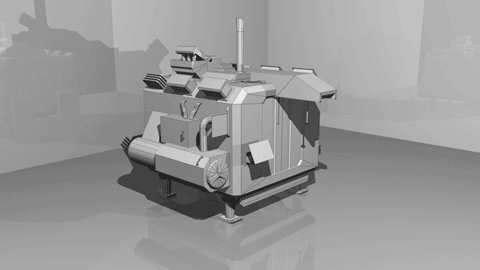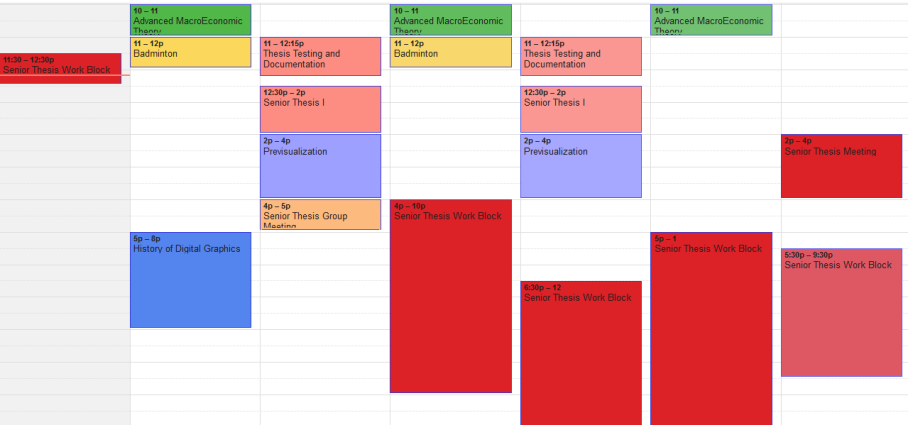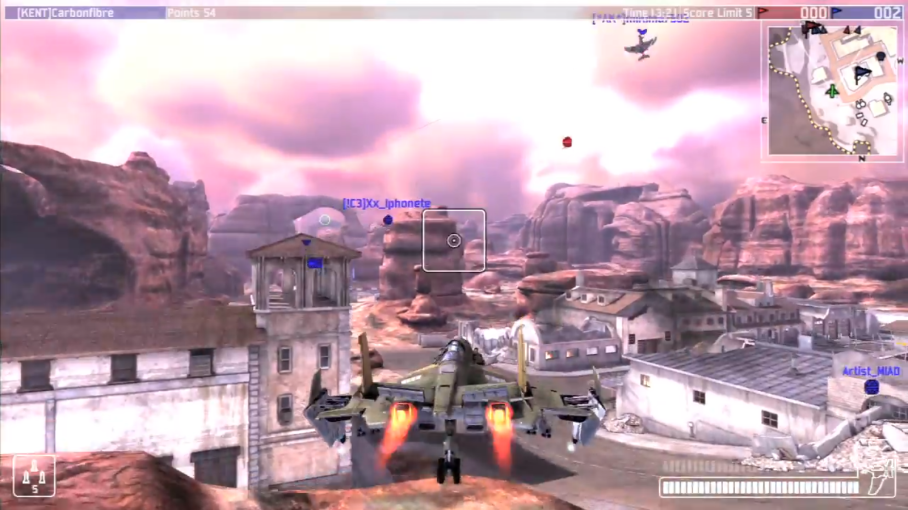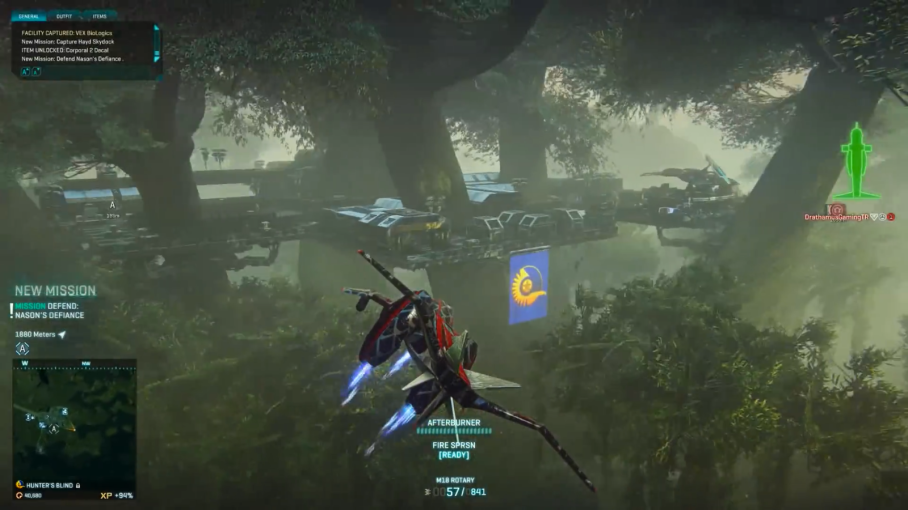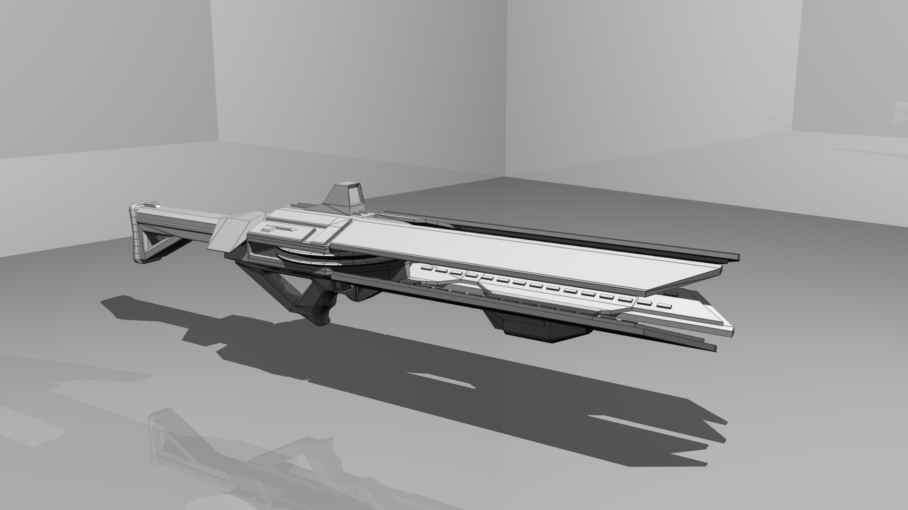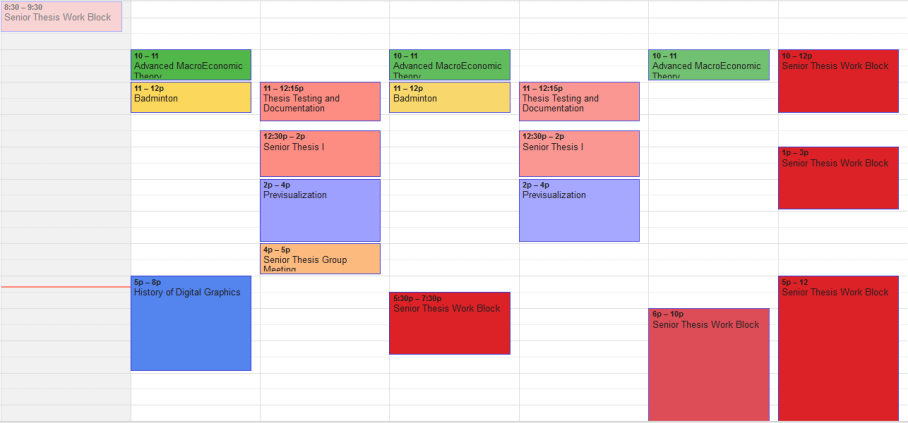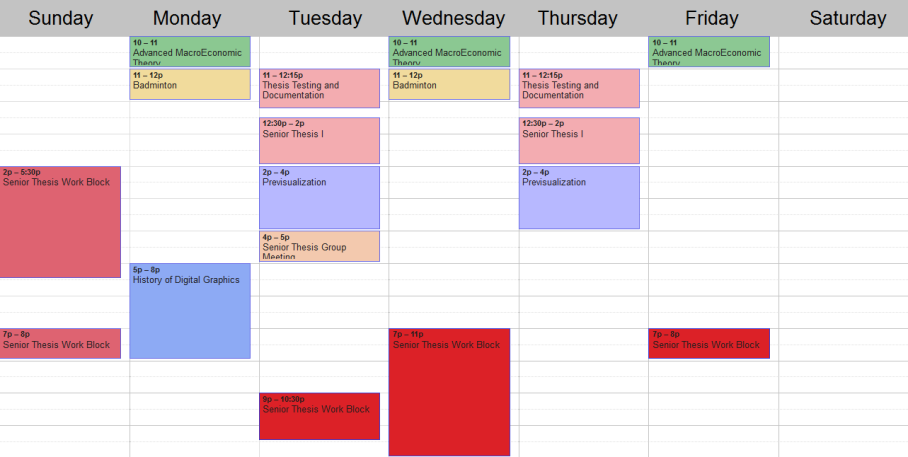Hello everyone, KrimsonStorm here! This week has been a rollercoaster of events. As we’ve been building this game, we’ve had lots little bits of progress, but no real errors that will make us have to go back. This week was a time where (I) ended up not nearly as far ahead of where I should be, considering how much work I put in this week.
Let’s start with some good news.This week I took our character and ran him past a fancy autorigging software I purchased. The results were pretty nice for the minimal hours I spent on it. Here is the idle animation for the default character:
And now for some bad news. I missed the memo that this software does not work well going into games, specifically the UE4 engine. So all my time spent rigging the first time ended up being… well, useless. I guess the best take away for me was the fact I had more practice weight painting.
So, what I found was that Unreal comes with a character rig helper plugin for Maya, for FREE! (boy do I feel stupid now… I’ll see if I can get some sort of refund.) It seems to work well, but you have to mostly finish the character in one shot, so that is never fun… But once I figure out the kinks for that I should be fine! I’m practically back to where I was with the paid software, but considering I planned on spending so many hours NOT redoing what I already did it makes me feel a bit behind… anyway.
Let’s bring back some more good news! So, the good news is I managed to come up with a concept for the fastest land vehicle in the game, the Jet Bike:
The jet bike is a hovering 2 man transport. The pilot of the vehicle steers a large ATV sized vehicle around. Like a true hover vehicle, it has a frictionless nature, allowing it to strafe and drift around corners. This not only gives a new set of movements to players, but it also makes the vehicle interesting in of itself. Oh, and did I mention the jet bike can leap? A second person can ride in the rear rumble seat to provide fire-support or as a second person to be transported across the map. These vehicles are found at most bases on the map from the start, allowing for (relatively) fast transport anywhere within a minute or two. As with any well balanced game, there are tradeoffs. The first is the obvious, that when the vehicle explodes all occupants die. Combined with the low health of the jet bike (compared to other vehicles) means that a few well placed anti vehicle hits will shut down the fast assault party pretty quickly. If anyone has an idea for the name of this beast, feel free to comment below! All suggestions welcome!
This week, I have:
Jet bike concepts (180 minutes)
Met with the development team (150 minutes)
Rigging the character <unusable> (10 hours)
Rigging the character <usable> (11 hours)
Next week I will start doing more animation work for the guns, as well as doing work on the Reciprocator Sniper Rifle. On Monday, we are also getting ready to apply for a grant as well! It could potentially bring in a LOT of startup money for us. It’s starting to get exciting! Until next time folks, KrimsonStorm signing off!
